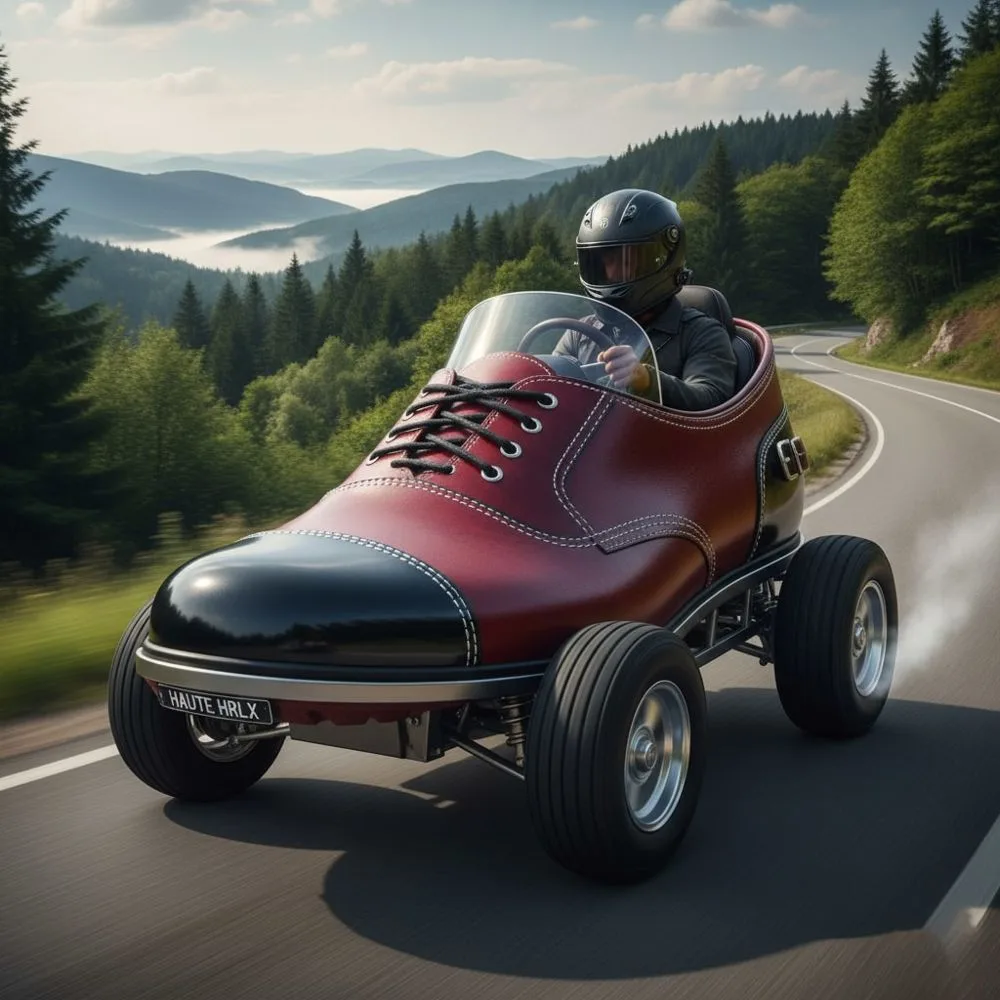The automotive world has always been a canvas for creativity and innovation. Among the most whimsical and attention grabbing vehicles ever created are shoe shaped cars, which transform everyday footwear into rolling works of art. These unique automobiles represent a perfect fusion of practical transportation, marketing genius, and pure artistic expression.
From iconic promotional vehicles that cruise highways promoting beloved brands to one off artistic creations that push the boundaries of automotive design, shoe shaped cars have captured imaginations worldwide. These vehicles demonstrate how the automotive industry can step outside conventional design parameters to create something truly extraordinary.
The Origins and Evolution of Footwear Vehicles
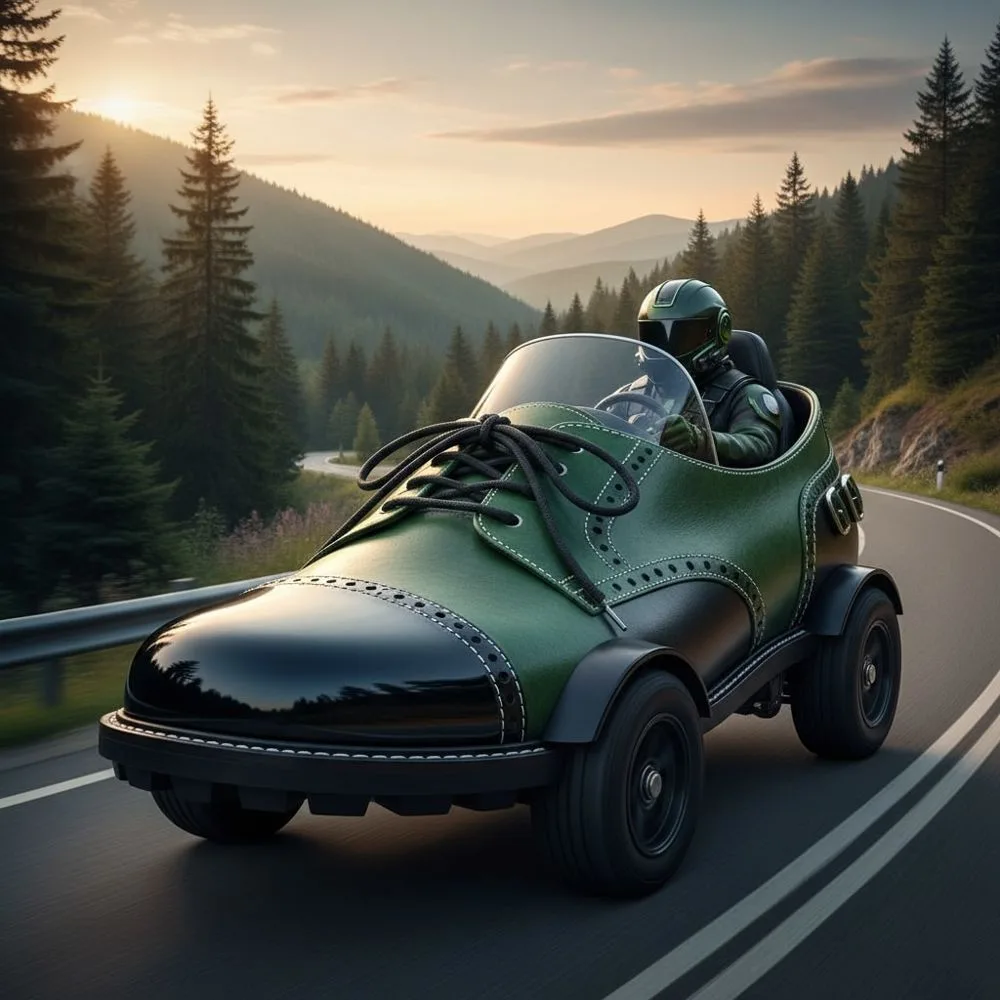
Early Beginnings in Mobile Advertising
The concept of shoe shaped cars emerged from the broader tradition of novelty advertising vehicles in the mid 20th century. Companies discovered that creating vehicles in the shape of their products could generate unprecedented brand awareness and customer engagement. The mobile nature of these promotional tools meant that advertising could literally drive to where customers were, rather than waiting for customers to come to static advertisements.
The psychology behind these vehicles is remarkably effective. When people encounter a giant shoe driving down the street, it creates an immediate emotional response. This surprise factor, combined with the inherent memorability of the unusual sight, makes shoe shaped cars incredibly powerful marketing tools that can generate word of mouth advertising far beyond their initial viewing audience.
The L.L. Bean Boot Mobile Legacy
Perhaps the most famous example of shoe shaped cars is the L.L. Bean Boot Mobile, which has become an iconic symbol of American mobile marketing. This oversized replica of the company’s signature duck boot has been touring the country for decades, appearing at outdoor events, festivals, and retail locations across the United States.
The Boot Mobile represents more than just a marketing vehicle; it has become a cultural phenomenon that embodies the spirit of outdoor adventure and American craftsmanship that L.L. Bean represents. The vehicle’s design faithfully reproduces every detail of the actual boot, from the rubber sole to the leather upper, creating an instantly recognizable mobile landmark.
Design Principles and Engineering Challenges
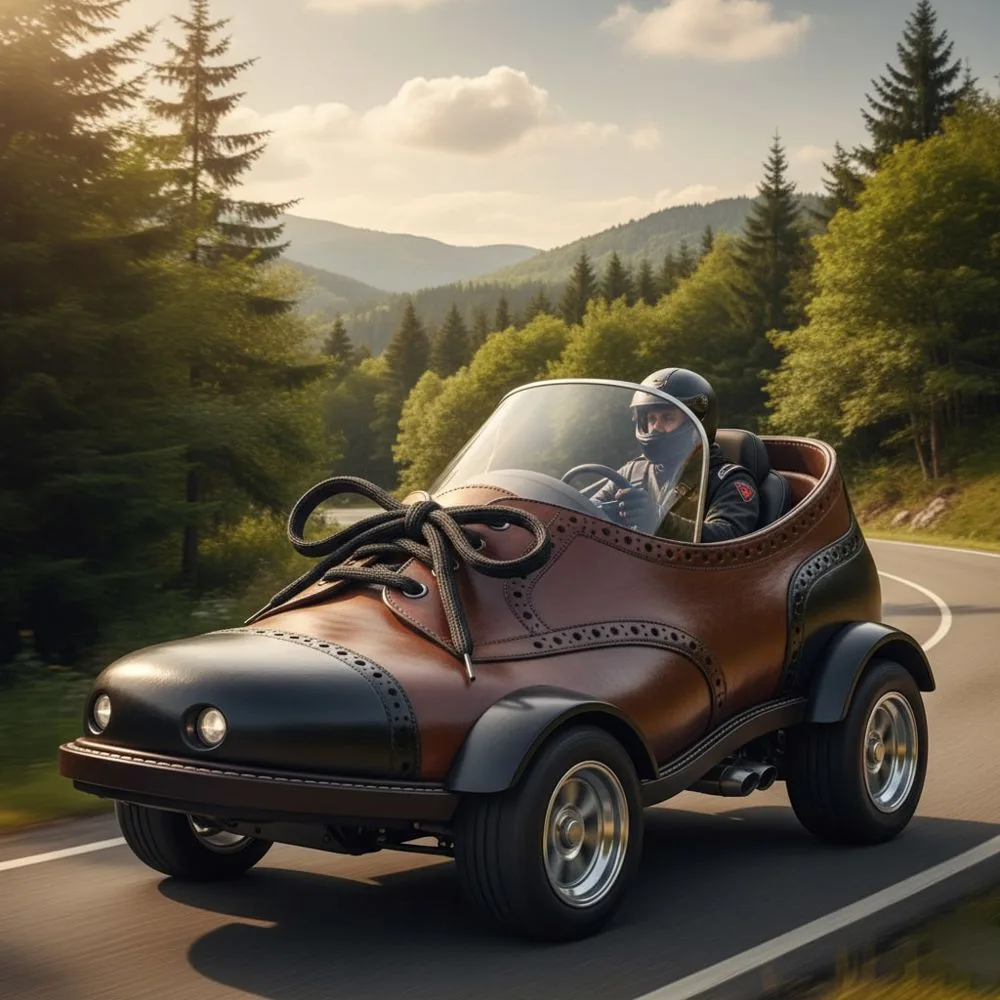
Aerodynamics Meets Aesthetics
Creating shoe shaped cars presents unique engineering challenges that traditional automotive designers rarely encounter. The irregular shapes of footwear create significant aerodynamic complexities that must be carefully addressed to ensure safe and efficient operation. Engineers must balance the need for brand recognition and visual impact with practical considerations like fuel efficiency, stability, and road safety.
The conversion process typically begins with a standard vehicle chassis, which is then modified with custom bodywork to achieve the desired shoe shape. This process requires extensive fiberglass work, custom fabrication, and careful weight distribution calculations to maintain proper vehicle handling characteristics.
Safety Considerations in Novelty Vehicle Design
Safety remains paramount in shoe shaped car construction, despite their unconventional appearance. These vehicles must meet all applicable motor vehicle safety standards while accommodating their unique designs. This often requires creative solutions for lighting placement, mirror positioning, and visibility requirements that work within the constraints of the shoe shape.
The height and width of many shoe shaped cars also present special considerations for bridges, parking structures, and other infrastructure limitations. Designers must carefully calculate dimensions to ensure their creations can navigate real world driving conditions safely and legally.
Famous Examples and Cultural Icons
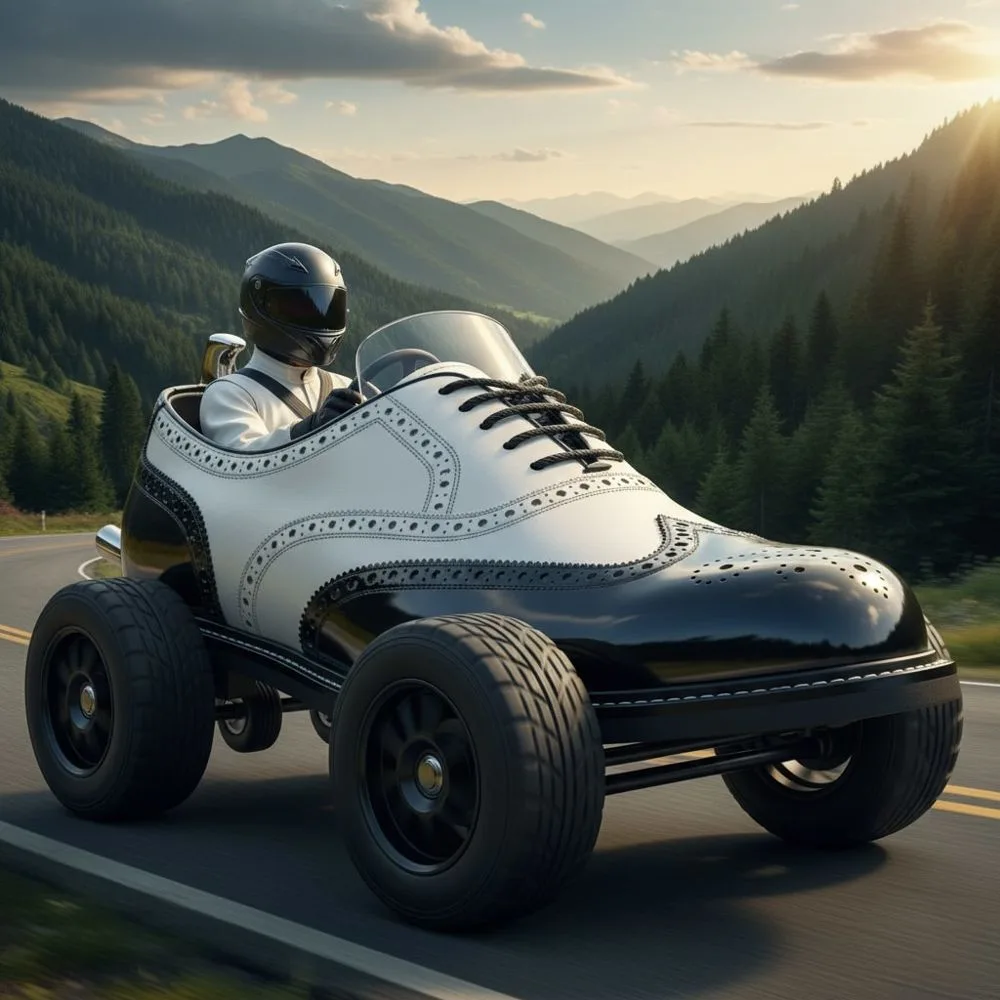
The Red Wing Boot Car
The Red Wing Shoe Company created their own mobile masterpiece with a vehicle designed to replicate their classic work boot. This impressive creation has appeared at trade shows, outdoor events, and company celebrations, serving as a rolling testament to American craftsmanship and quality footwear manufacturing.
The attention to detail in the Red Wing boot car is remarkable, featuring accurate reproductions of stitching patterns, leather textures, and even realistic aging effects that make the vehicle appear like a genuine giant boot. This level of craftsmanship demonstrates the serious artistic and technical effort that goes into creating effective shoe shaped cars.
Custom Artistic Creations
Beyond corporate promotional vehicles, individual artists and automotive enthusiasts have created their own shoe shaped cars as expressions of creativity and humor. These one off creations often appear at car shows, art festivals, and automotive gatherings, where they never fail to draw crowds and spark conversations.
Some of these artistic vehicles push the boundaries even further, incorporating interactive elements, sound effects, or moving parts that enhance the overall experience. These creative interpretations show how the basic concept of shoe shaped cars can be expanded and personalized to reflect individual artistic visions.
The Psychology and Marketing Power
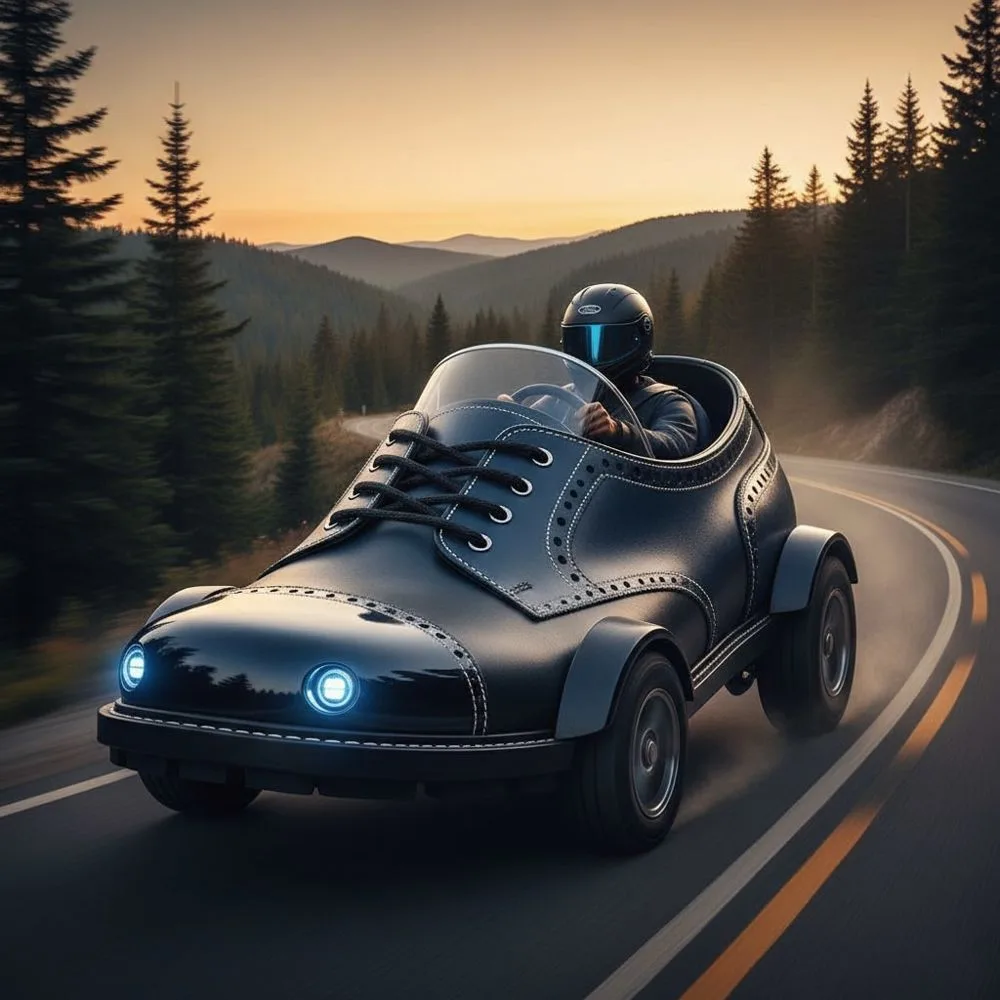
Brand Recognition and Memorability
The effectiveness of shoe shaped cars as marketing tools stems from their ability to create lasting impressions in ways that traditional advertising cannot match. When people encounter these vehicles, they experience a moment of surprise and delight that creates positive associations with the brand being promoted.
Research in consumer psychology shows that unexpected visual experiences create stronger memory formation than routine advertising encounters. The novelty factor of seeing a giant shoe driving down the street ensures that the experience will be remembered and likely shared with others, multiplying the marketing impact far beyond the initial encounter.
Social Media and Viral Marketing Potential
In today’s digital age, shoe shaped cars have found new life as social media sensations. These vehicles are naturally photogenic and share worthy, often going viral when people encounter them and share images or videos online. This organic social media promotion provides additional value that extends the marketing reach of these already impressive vehicles.
The visual impact of shoe shaped cars makes them perfect content for social media platforms that prioritize engaging visual content. A single appearance at a busy event can generate hundreds of social media posts, creating a ripple effect of brand exposure that continues long after the vehicle has moved on to its next destination.
Technical Specifications and Construction Methods
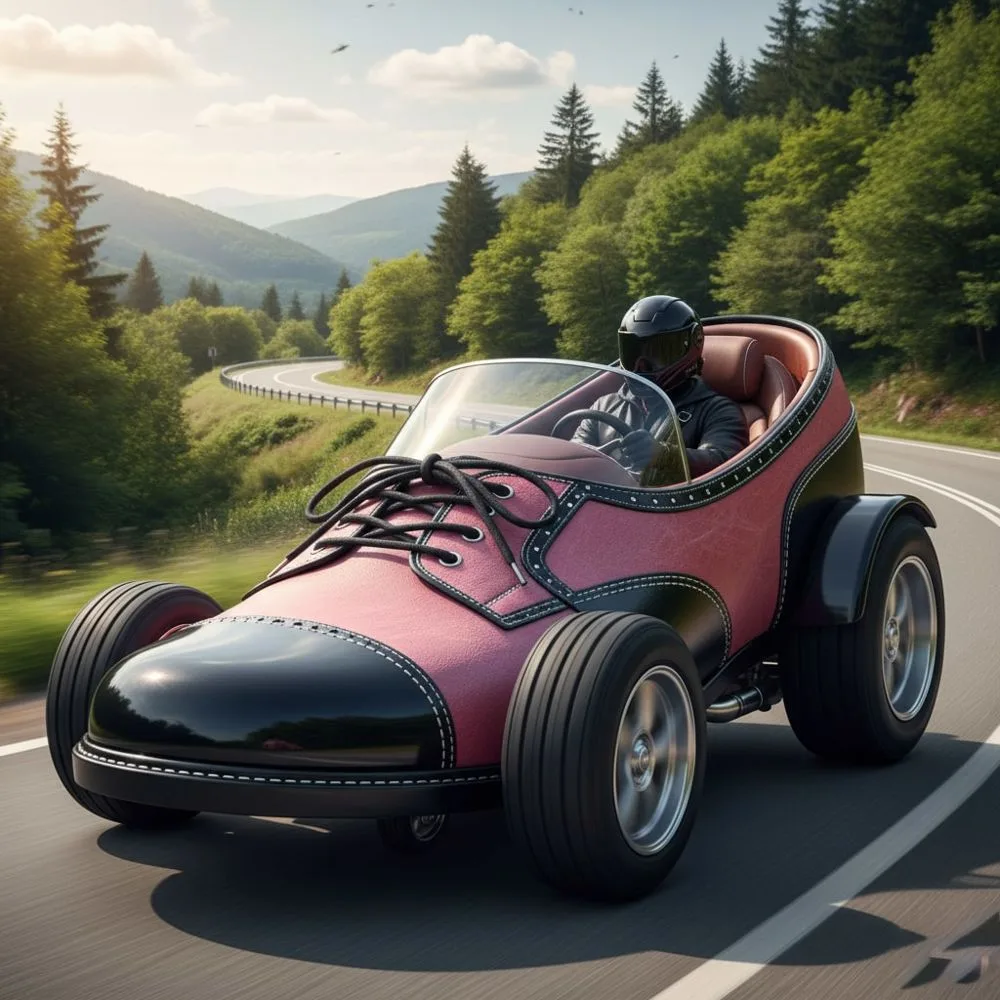
Chassis Selection and Modification
The foundation of any successful shoe shaped car project begins with selecting an appropriate donor vehicle. Most builders choose trucks or vans with sturdy frames that can support the additional weight and wind resistance of the custom bodywork. The original vehicle’s mechanical systems typically remain largely unchanged, ensuring reliable operation and maintainability.
The modification process involves extensive custom fabrication work, including the creation of steel or aluminum frameworks that define the basic shoe shape. These frameworks are then covered with fiberglass or other lightweight materials that can be shaped and painted to achieve the desired appearance.
Interior Design and Functionality
Despite their unusual exterior appearance, shoe shaped cars must still provide comfortable and functional interior spaces for drivers and passengers. This requirement often leads to creative interior design solutions that maximize usable space within the constraints of the shoe shape.
Many promotional shoe shaped cars include custom interior features that support their marketing mission, such as product displays, comfortable seating for brand ambassadors, and storage areas for promotional materials. These functional requirements must be seamlessly integrated into the overall design to maintain both the vehicle’s visual impact and practical utility.
Contemporary Trends and Future Possibilities
Electric and Sustainable Shoe Cars
As the automotive industry moves toward electrification and sustainability, shoe shaped cars are beginning to incorporate these technologies as well. Electric drivetrains can actually be advantageous for novelty vehicles, as they eliminate exhaust pipes that might compromise the visual integrity of the shoe design while providing quiet operation that enhances the promotional experience.
The environmental benefits of electric shoe shaped cars also align with many brands’ sustainability messages, creating additional marketing opportunities and demonstrating corporate responsibility. These modern interpretations show how classic promotional vehicle concepts can evolve with changing technology and consumer values.
Integration with Modern Marketing Strategies
Today’s shoe shaped cars increasingly integrate with digital marketing campaigns, social media strategies, and experiential marketing approaches. GPS tracking allows companies to share real time locations with fans, while onboard technology can create interactive experiences that engage audiences in new ways.
Some modern shoe shaped cars incorporate augmented reality features, interactive displays, or other technological enhancements that bridge the gap between physical and digital marketing experiences. These innovations demonstrate how traditional promotional vehicles can adapt to contemporary marketing landscapes while maintaining their fundamental appeal.
Global Perspectives on Novelty Vehicles
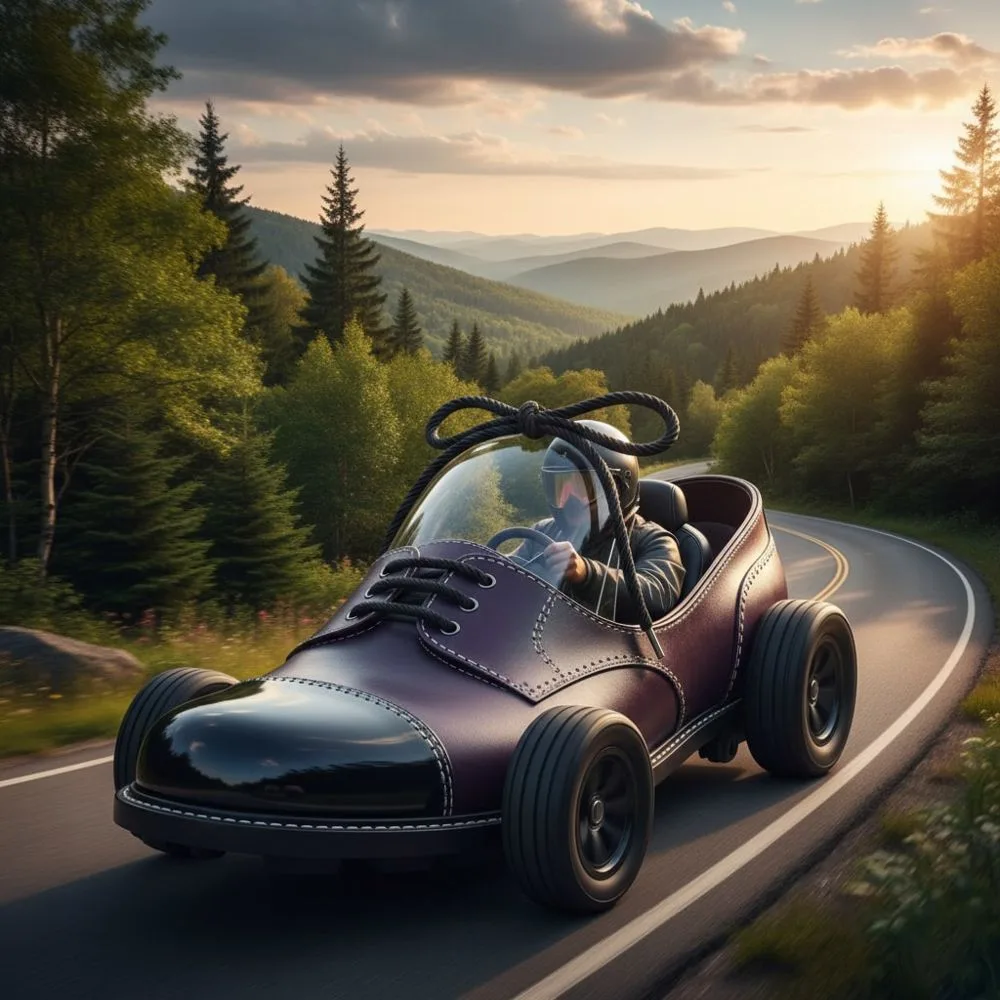
International Examples and Variations
While shoe shaped cars are perhaps most common in the United States, similar novelty vehicles appear in markets around the world. Each culture brings its own perspective to footwear vehicle design, often incorporating local design preferences, popular shoe styles, or regional brand identities.
International examples of shoe shaped cars often reflect local automotive regulations, cultural preferences, and market conditions. These variations provide insight into how universal concepts like novelty advertising vehicles adapt to different cultural contexts while maintaining their core appeal and effectiveness.
Cultural Impact and Artistic Recognition
The influence of shoe shaped cars extends beyond marketing into broader cultural conversations about automotive art, mobile advertising, and creative expression. These vehicles have been featured in automotive museums, art galleries, and cultural exhibitions that explore the intersection of commerce, creativity, and transportation.
The recognition of shoe shaped cars as legitimate forms of automotive art validates the serious craftsmanship and creative vision that goes into their construction. This cultural acceptance helps elevate these vehicles beyond mere promotional tools to recognized examples of applied automotive artistry.
Maintenance and Preservation Considerations
Unique Maintenance Requirements
Owning and operating shoe shaped cars presents maintenance challenges that conventional vehicle owners never encounter. The custom bodywork requires specialized repair techniques and materials, while the unusual shapes can create unique wear patterns and stress points that require ongoing attention.
Weather protection becomes particularly important for shoe shaped cars, as their complex surfaces and custom paint schemes can be more vulnerable to environmental damage than conventional vehicles. Proper storage and maintenance protocols are essential for preserving these unique automotive creations for future generations to enjoy.
Preservation of Automotive History
Many shoe shaped cars represent important chapters in automotive marketing history and deserve preservation as cultural artifacts. Organizations dedicated to preserving novelty vehicles work to maintain these unique automobiles and ensure that future generations can experience and learn from these creative expressions.
The documentation and preservation of shoe shaped cars provides valuable insights into the evolution of mobile marketing, automotive customization techniques, and the broader relationship between commerce and creativity in American culture.
The Business Case for Shoe Shaped Marketing Vehicles
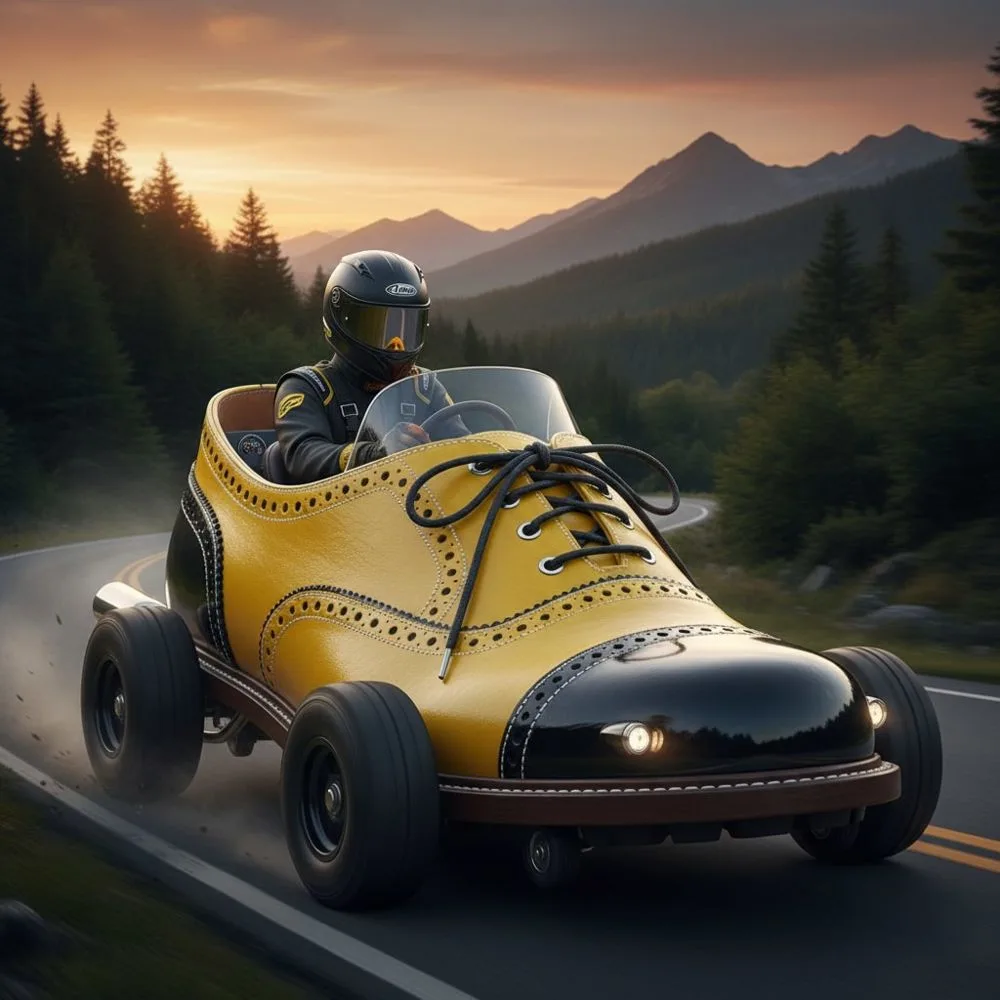
Return on Investment Analysis
Companies investing in shoe shaped cars must carefully evaluate the potential return on their marketing investment. While these vehicles require significant upfront costs for design and construction, their ability to generate sustained brand awareness and customer engagement often justifies the expenditure over their operational lifetime.
The longevity of well constructed shoe shaped cars allows companies to amortize their investment over many years of promotional use. When combined with their viral marketing potential and social media value, these vehicles often deliver marketing returns that far exceed their initial costs.
Measuring Marketing Effectiveness
Quantifying the marketing impact of shoe shaped cars requires sophisticated measurement approaches that account for both direct and indirect brand exposure. Companies track metrics including event attendance, social media engagement, brand recall surveys, and sales data from markets where the vehicles have appeared.
The challenge of measuring effectiveness is balanced by the obvious enthusiasm and engagement these vehicles generate wherever they appear. The qualitative impact of positive brand associations and customer delight often proves as valuable as quantitative marketing metrics.
The Enduring Appeal of Automotive Creativity and Innovation
Shoe shaped cars represent a unique intersection of automotive engineering, marketing creativity, and artistic expression that continues to captivate audiences decades after the first examples appeared on American roads. These remarkable vehicles demonstrate that transportation can be both functional and fantastical, serving practical purposes while sparking joy and wonder in everyone who encounters them.
The success and longevity of shoe shaped cars prove that there will always be a place for creativity and humor in the automotive world. As we move toward an increasingly digital future, these physical manifestations of brand personality and creative vision provide tangible experiences that connect with people in ways that virtual advertising simply cannot match. Whether serving as mobile billboards, artistic statements, or simply sources of roadside delight, shoe shaped cars continue to roll forward as testaments to human creativity and the enduring power of imagination in motion.

